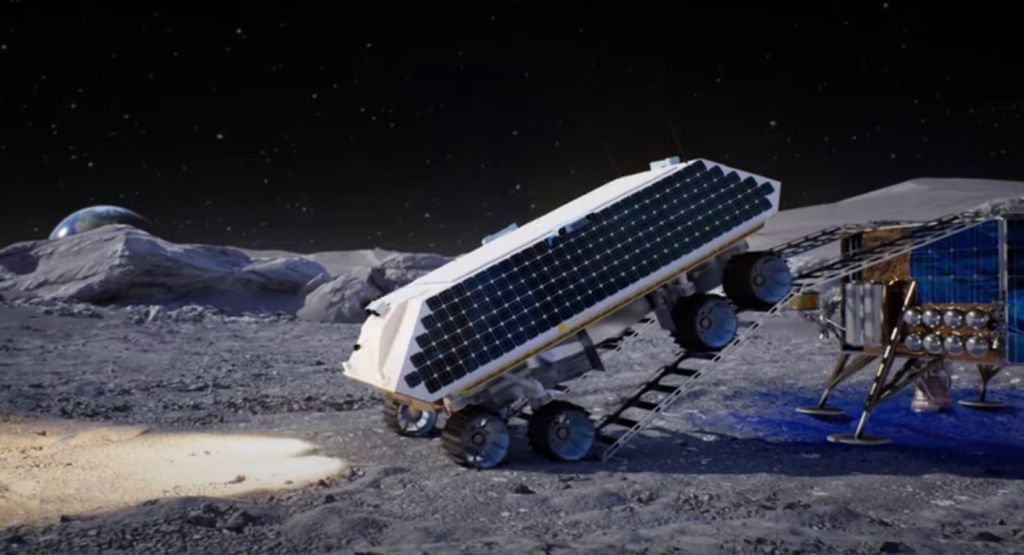
Rockets may help humanity explore the solar system in more ways than one.
Three companies — Masten Space Systems, Lunar Outpost and Honeybee Robotics — are developing a new system that would use rockets to mine water ice on the moon.
Water ice is thought to be abundant in the moon’s polar regions, especially on the permanently shadowed floors of some craters. Harvesting this resource is crucial to establishing a permanent human presence on the moon, NASA officials and exploration advocates say, and not just because it will help keep astronauts alive. Water ice can be broken into its constituent hydrogen and oxygen, the chief components of rocket fuel, allowing spacecraft to top up their tanks away from Earth.
To spur development of moon mining tech, NASA recently established the “Break the Ice Lunar Challenge.” The contest will award up $500,000 total to the most promising resource-harvesting concepts during its first phase, which wraps up soon; winners will be announced on Aug. 13.
The Masten-Lunar Outpost-Honeybee Robotics team has thrown its hat into the Challenge ring with its Rocket Mining System, which would employ a rocket engine attached to an 1,800-lb. (818 kilograms) rover. When the rover reaches a suitably ice-laden site, the dome-enclosed engine would deploy and fire up, blasting lunar dirt and gravel into a vacuum-like device that separates and stores the particles of water ice.
“The system is projected to mine up to 12 craters per day and produce 100 kg [220 lbs.] of ice per crater,” Masten representatives wrote in a description of the project. “That would allow us to recover more than 420,000 kg [926,000 lbs.] of lunar water per year!”
The harvested ice could also be used to fuel the rocket engine, allowing it to operate for more than five years on the lunar surface, they added.

You must be logged in to post a comment.